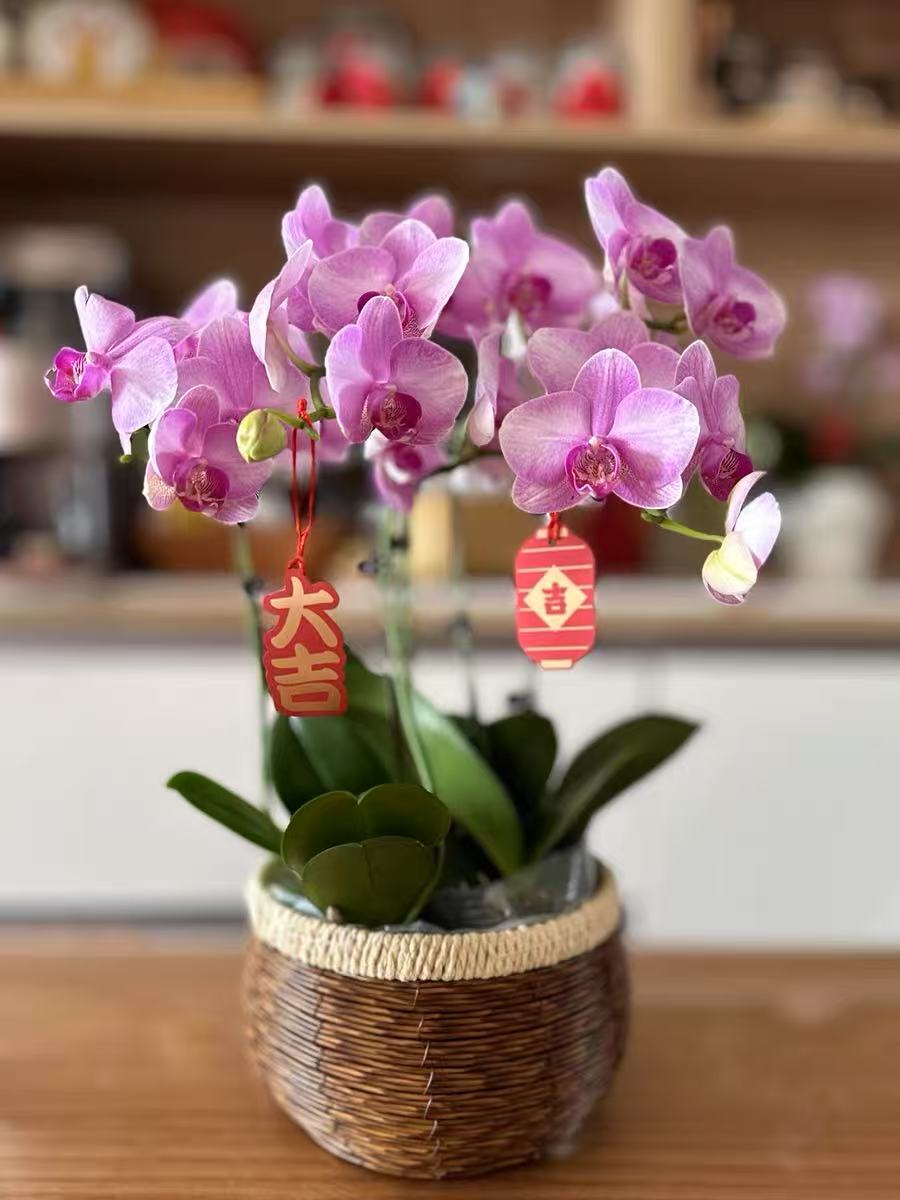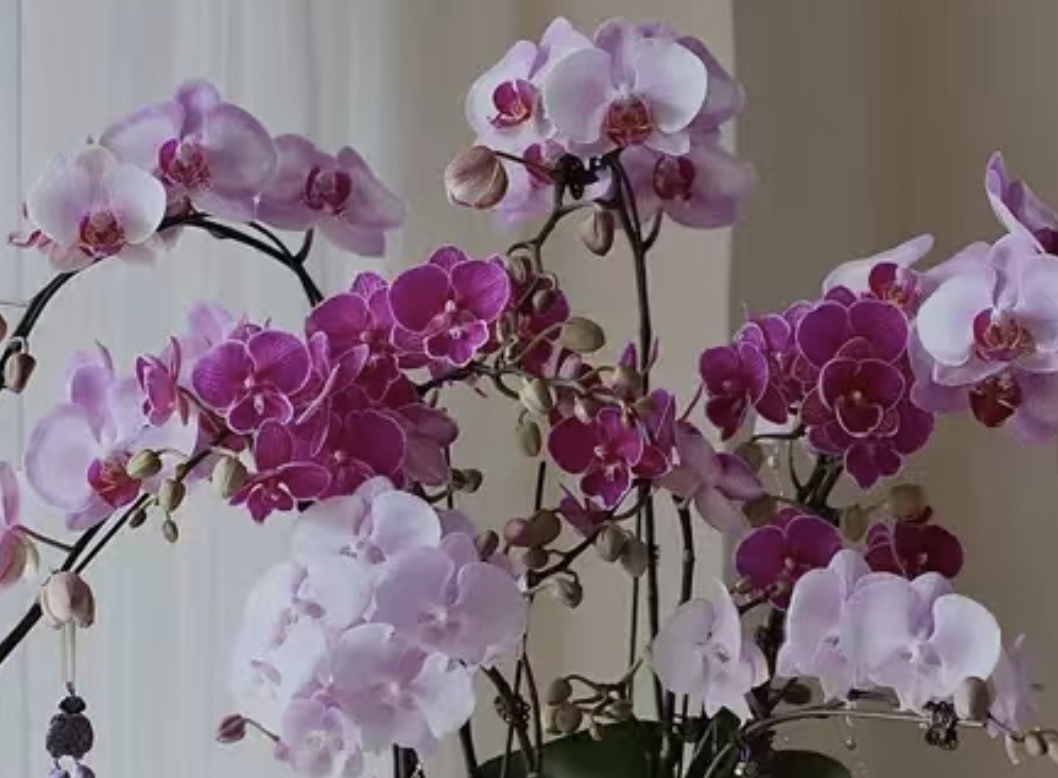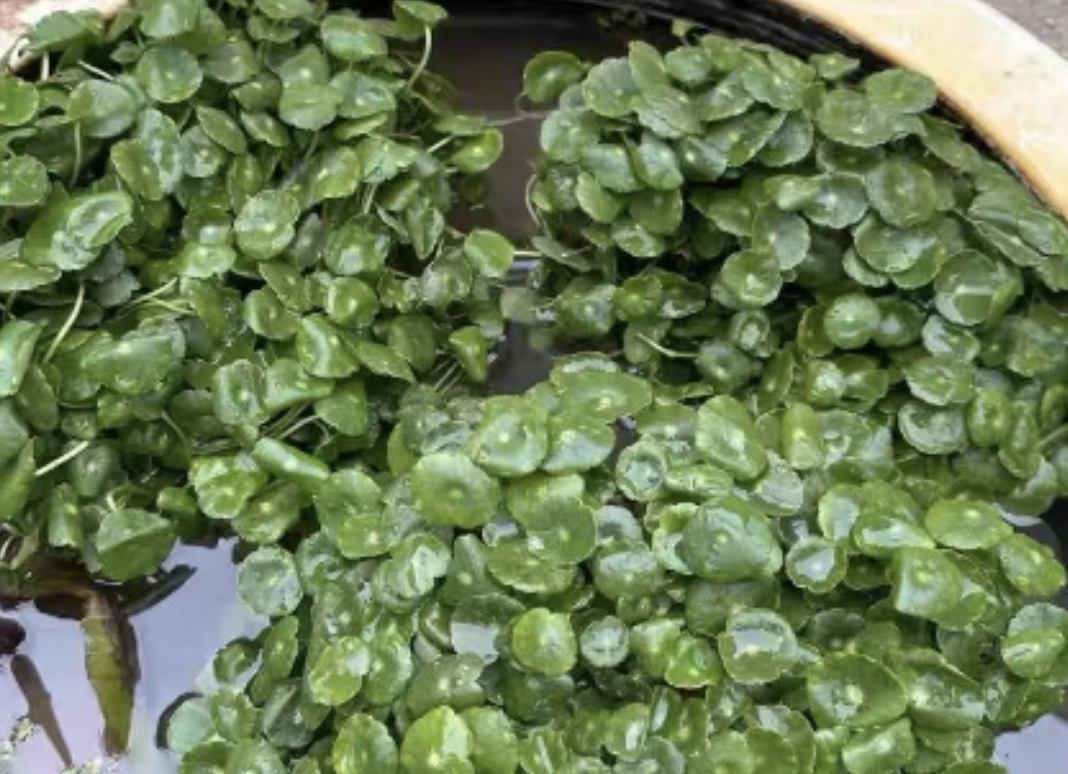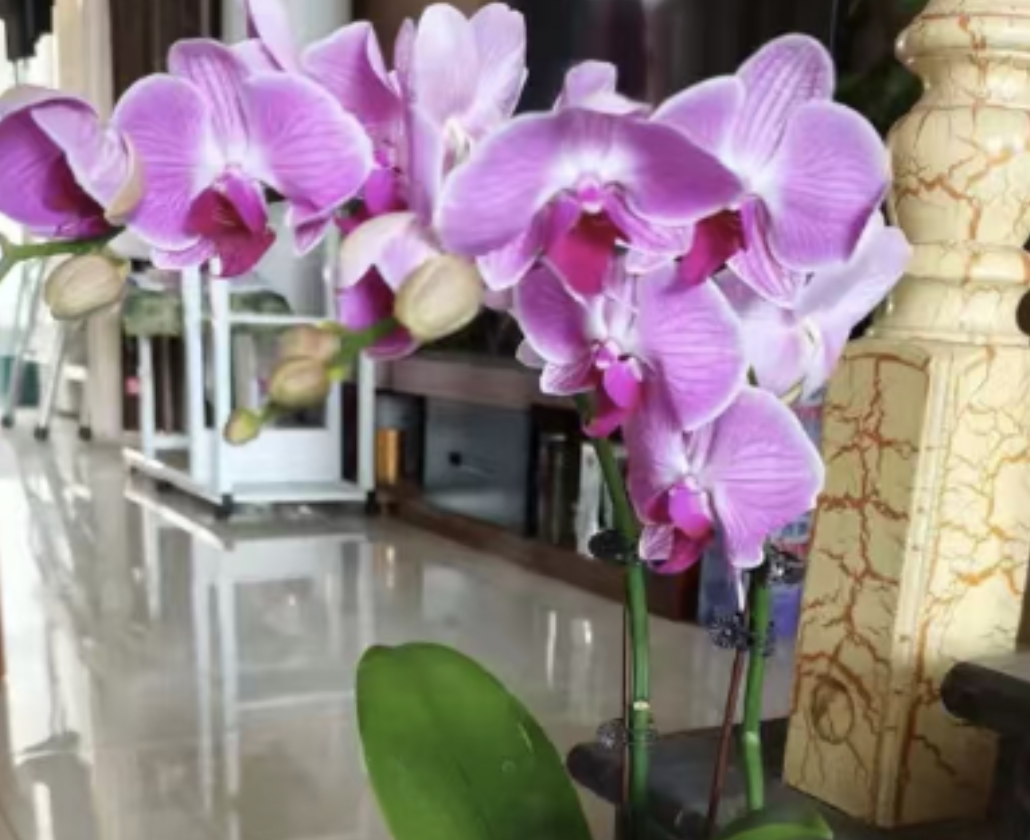As a common indoor ornamental plant, many orchid growers may encounter the problem of phalaenopsis mildew during the maintenance process, especially the mildew of sphagnum moss. So, is the mildew of phalaenopsis really caused by dirty planting medium? What should we do when the sphagnum moss gets mildewed?
The mildew on phalaenopsis is not necessarily entirely due to the unclean planting medium. Although the cleanliness and air permeability of the planting medium (such as sphagnum moss, coconut coir, pine bark, etc.) are crucial to the healthy growth of phalaenopsis, mildew can be caused by various factors:
Excessive humidity: Phalaenopsis likes a humid environment, but excessive humidity can lead to the growth of mold. Especially in winter and spring, the temperature and humidity conditions in the greenhouse are suitable for the growth of mold. If the ventilation is poor, mildew is more likely to occur.
Poor ventilation: Poor ventilation can increase the air humidity, making it easier for mold to reproduce. Therefore, the ventilation of the orchid room is of great importance to the healthy growth of phalaenopsis.
Improper watering: Both excessive and insufficient watering can cause mildew. Excessive water can lead to root rot, while insufficient water can cause poor plant growth, weakened resistance, and make the plant more susceptible to diseases.
Pathogen infection: During the growth process, phalaenopsis may be infected by pathogens such as botrytis cinerea, causing mildew and rot on leaves, petals, pedicels and other parts.
Sphagnum moss is one of the commonly used cultivation substrates for phalaenopsis, which has the advantages of moisture retention and air permeability. However, sphagnum moss is also prone to mildew, especially under the conditions of high humidity and poor ventilation. When the sphagnum moss gets mildewed, we can take the following measures:
Check the roots: First, take out the phalaenopsis from the sphagnum moss and check whether the roots are healthy. If a large number of roots are blackened, mildewed or empty, it means that the sphagnum moss has deteriorated and needs to be replaced with new sphagnum moss.
Cut off the diseased parts: Cut off the mildewed leaves and roots with scissors to prevent the spread of germs. At the same time, destroy the diseased leaves and roots to avoid reinfection.
Disinfection treatment: Soak the whole phalaenopsis plant in fungicides such as carbendazim or chlorothalonil for disinfection. After treatment, rinse it thoroughly with clean water and drain the water.
Replace the planting medium: If the sphagnum moss has deteriorated, it is necessary to replace it with a new planting medium. You can choose substrates with good ventilation and fertilizer retention performance, such as water grass, coconut coir, pine bark, etc. At the same time, keep the planting medium loose and breathable, and avoid overcompacting.
Strengthen maintenance: After replacing the planting medium, place the phalaenopsis in an environment with good ventilation and appropriate humidity for maintenance. Water and fertilize reasonably to avoid excessive humidity and nutrient deficiency. Regularly check the growth of the plant and deal with diseased leaves and roots in time.
The mildew of phalaenopsis may be caused by various factors such as high humidity, poor ventilation, improper watering and pathogen infection. When encountering the problem of sphagnum moss mildew, we need to check the roots, cut off the diseased parts, carry out disinfection treatment, replace the planting medium and strengthen maintenance. Through scientific maintenance methods, the problem of phalaenopsis mildew can be effectively prevented, allowing your phalaenopsis to grow healthily and bloom beautifully.
Is the mildew on phalaenopsis caused by dirty planting medium?

Share with
Tagged in :




Leave a Reply